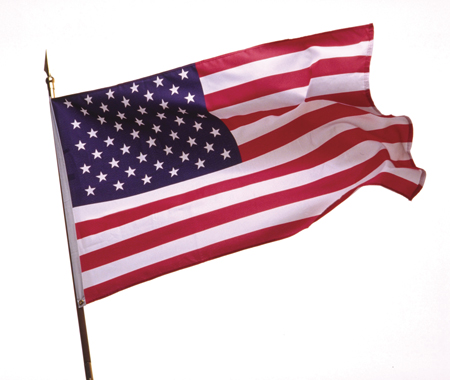The Voice of Small Business
VOTE
EARLY
By Todd
Stottlemyer

In
order to succeed, small business owners offer their customers the right
products at the right time and the right price. But in these increasingly
busy times, they also know that customers put a premium on convenience.
Governments, troubled by the lack of voter participation in recent elections,
are taking a cue from business and making it more convenient for everyone
to vote. The trend toward early voting is changing Election Day to an
Election Period. This year, Nov. 7 won’t mark the first day to
vote in many states; it will be the last.
In
one form or another, early voting is now available in almost every state.
Registered voters typically can cast their ballots early in one of three
ways, with the traditional absentee ballot simply the most familiar
option.
Voters
usually apply for an absentee ballot from their local elections office
by mail; most states require that voters give a reason for voting absentee.
After the elections office receives the application, it sends a ballot
to the voter, who returns the completed ballot to the elections office
within a designated period of time.
An
“in-person” absentee ballot simplifies the process. Voters
visit the local elections office to request an absentee ballot application,
complete the application and fill out their ballot at the same time.
In most states that offer in-person absentee, there is no required reason
to vote early.
Direct
early voting allows voters to go their local elections office or designated
polls during a specific period prior to Election Day to cast ballots,
often with a standard voting machine.
These
are proving to be popular options with voters. One in five general election
voters in 2004 reported that they cast their ballots before Election
Day, according to the University of Pennsylvania’s National Annenberg
Election Survey. During a comparable period in 2000, 14 percent of voters
reported that they cast their ballots early.
In
several crucial states, the 2004 percentages were even higher. For example,
30 percent of Florida voters cast early ballots, while 50 percent of
Texas and Colorado votes did so. In Washington State, nearly 70 percent
took advantage of early voting, while Oregon became the first state
to do away with the traditional Election Day—100 percent of Oregon’s
ballots were cast by mail.
This
year, Washington will follow Oregon’s lead and work toward eliminating
Election Day, while states such as Ohio, Illinois, Maryland and New
Jersey are among those joining the early voting parade.
These
new voting options are a welcome change for small business owners, who
no longer have to take the time to leave their shops or offices to go
to the polls. While small business owners currently vote in greater
numbers than the general population, 1.9 million of 2004’s non-voters
said business kept them occupied on Election Day. In other words, nearly
2 million people with a clear incentive to support business friendly
candidates were too busy to vote.
This
year, in most states, small business owners can take advantage of the
convenience of early voting. Never again should the commitment of running
your business come at the expense of exercising your right to be heard.
For
more information about early voting in your state, go to
http://www.nfib.com/page/polVoterInfo and enter your Zip code.
Todd
Stottlemyer is president and CEO of
the
National Federation of Independent Business in Washington, D.C.
© 2015 TLC Magazine Online, Inc. |